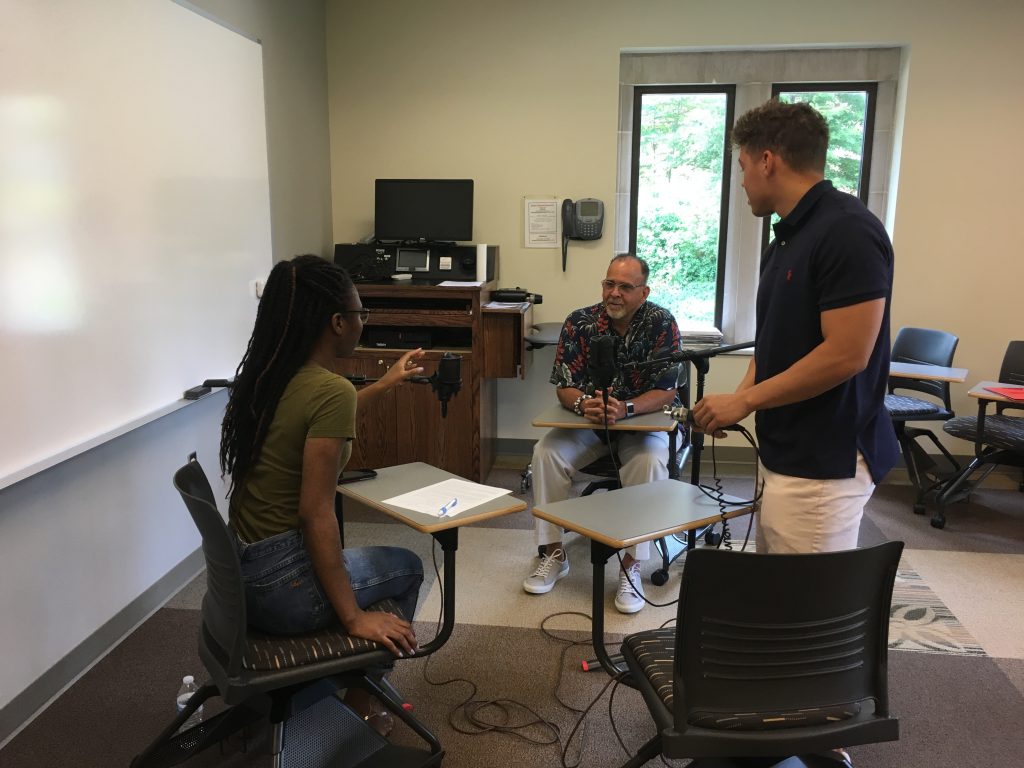by Ayele d’Almeida
Ayele d’Almeida is a Political Science and Leadership double-major from Bloomington, Minnesota. Her work at Common Ground, the University of Richmond’s social justice initiative informed her decision to pursue the Race & Racism Project as a summer fellow. She hopes that through her fellowship and continued connection with the project, she will learn more about the University of Richmond. Ayele believes that the Race & Racism Project will also help later in life – as the project forces her to question institutions she may benefits from. She hoped to focus her research on black faculty and the presence of black students in white-dominated clubs and spaces.

I started my search for information on Stan Jones with a simple Google search: “Stan Jones University of Richmond.” My task was to research Mr. Jones–a 1983 graduate– before our oral history interview for the Race & Racism Project. The very first link was his LinkedIn profile, which would eventually send me down a rabbit hole of questions and digging about social spaces that welcome black students. Fortunately for me, Stan Jones’ entire professional career was laid out on his profile. Unfortunately, the questions that I had about his experience at the University of Richmond could not be answered in the small, 15- word summary on Mr. Jones’ LinkedIn page. I was interested in the experiences with that could not be shorted into a time span.
“Football, Reserve Officer Training Corps (ROTC), Phi Beta Sigma Fraternity Inc., Society of Collegiate Journalists” – these were the activities listed on Stan Jones’ LinkedIn page. I narrowed my focus on his fraternity. Phi Beta Sigma, which is a historically black Fraternity, I thought that it was interesting that there may have been a black fraternity on campus during Jones’ time. In my mind, learning more information about the presence of very specific black spaces would inform my knowledge of social experiences for black students. With these questions in mind, I searched the Race & Racism Project digital collection for Jones’ Fraternity. I found an article from 1980 entitled “Phi Beta Sigma Colonizes New Fraternity at Richmond” that describes the potential addition of the fraternity to the campus. The article brings to the light the need for black social spaces on campus.
